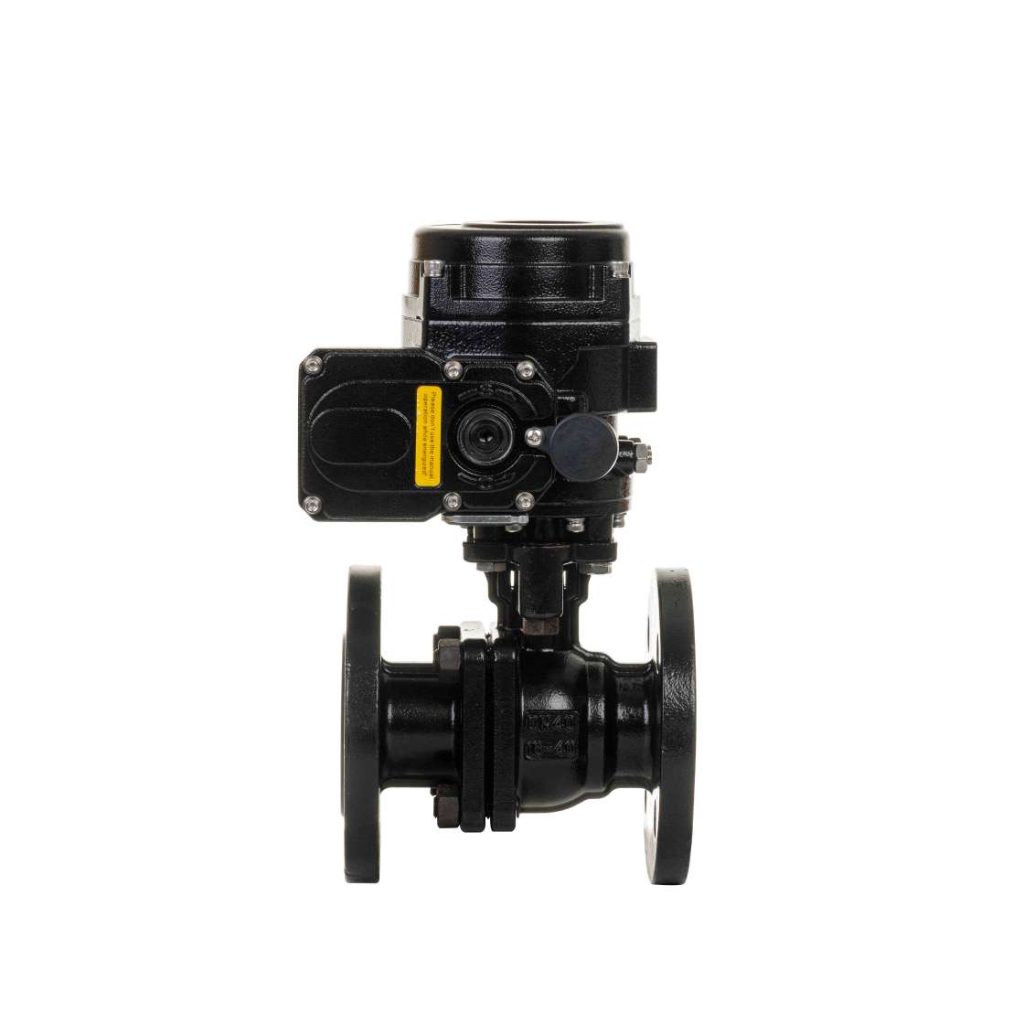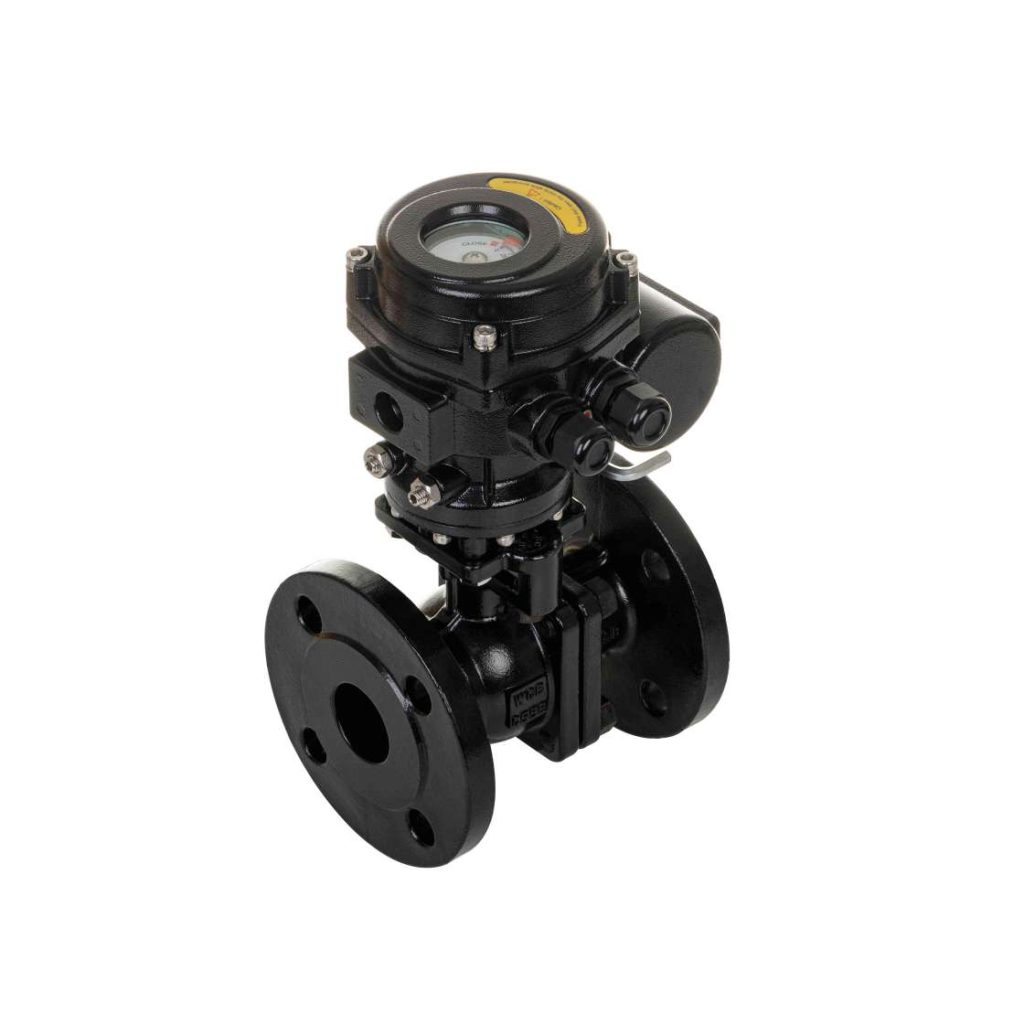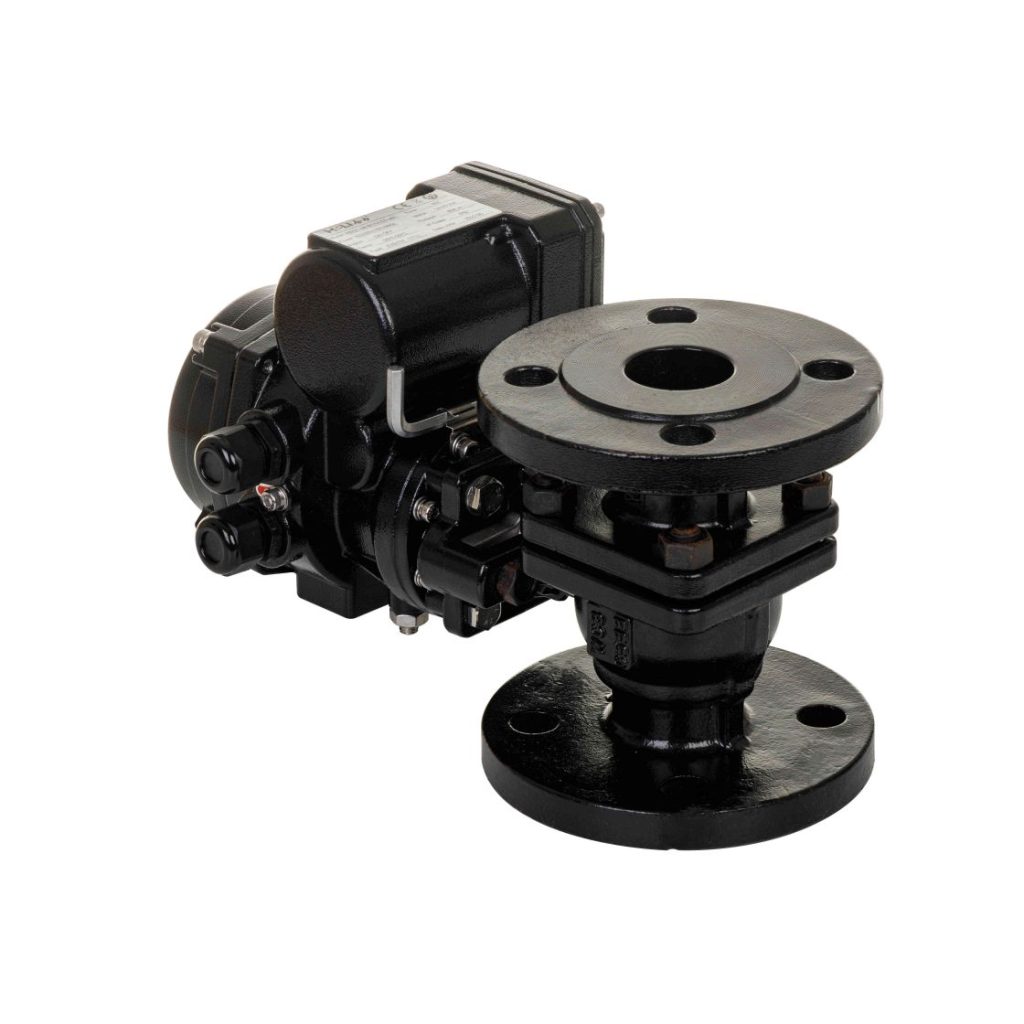In today’s fast-paced industrial landscape, the need for precision, durability, and efficiency in fluid control systems is paramount. One such technology that has gained significant attention is the Stainless Steel Electric Flange Ball Valve. This valve type integrates the robustness of stainless steel, the advanced control offered by electric actuators, and the reliability of flange connections, making it an ideal solution for a wide range of industrial applications. This article will explore the features, advantages, and applications of stainless steel electric flange ball valves, highlighting why they are indispensable in modern industrial processes.

Understanding Stainless Steel Electric Flange Ball Valve

A stainless steel electric flange ball valve is a type of ball valve that uses a spherical ball with a hole (or port) through its center to control the flow of fluids. The valve is operated by an electric actuator, which rotates the ball, allowing or obstructing fluid flow through the pipe. The flange connection refers to the way the valve is mounted to a pipeline, typically with a pair of flanged ends that can be bolted to corresponding flanges in the pipeline. What sets the stainless steel electric flange ball valve apart is the material it is made from—stainless steel. Stainless steel is known for its excellent corrosion resistance, high strength, and ability to withstand high pressures and temperatures. These qualities make stainless steel ball valves highly suitable for demanding environments, including the chemical, oil, and gas, and water treatment industries.
